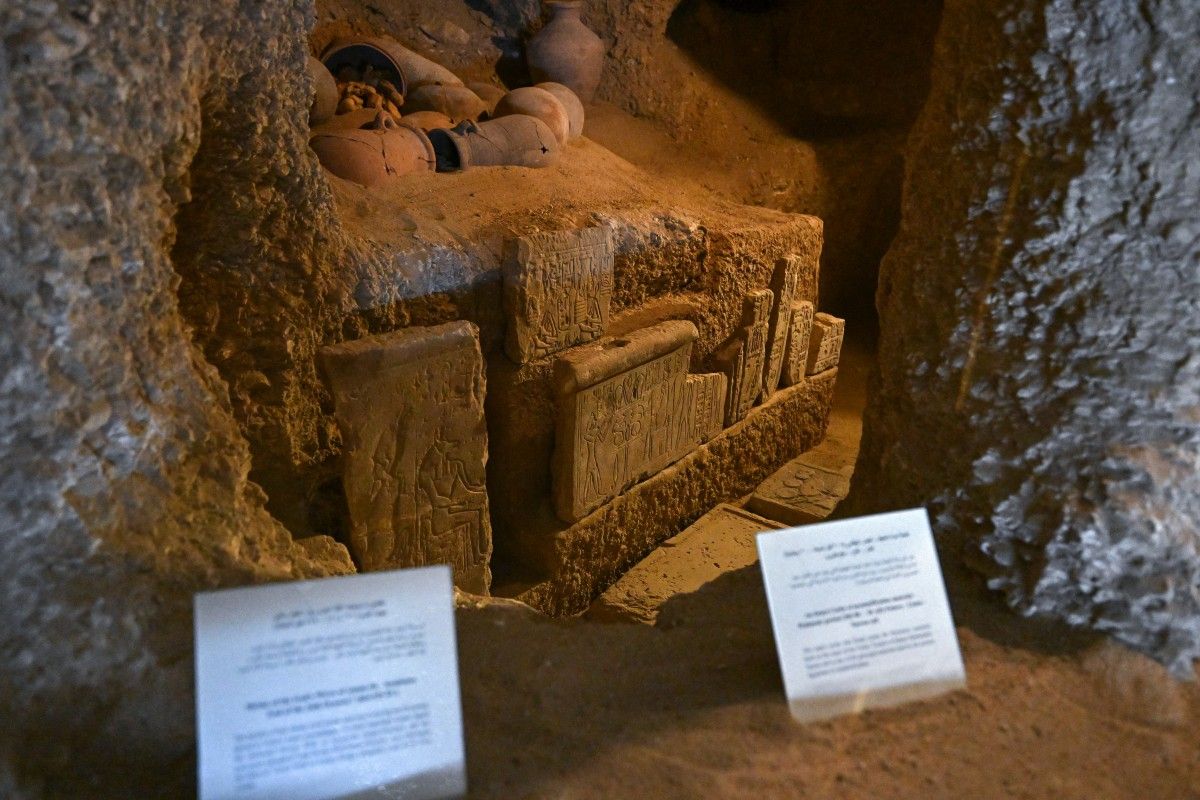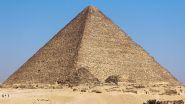
Egypt has announced the discovery of ancient tombs and artwork in Luxor, including artifacts from the era of Queen Hatshepsut, revealing new insights into the country’s history. These findings are part of ongoing efforts to revitalize Egypt's vital tourism industry.
On January 8, Egypt unveiled a series of significant archaeological discoveries at the Deir al-Bahari necropolis in Luxor, shedding light on ancient history, spanning from the Middle Kingdom through the 18th Dynasty. Among the finds were 4,000-year-old tombs of high-ranking officials and artwork dating back to the reign of Queen Hatshepsut, one of Egypt’s most renowned pharaohs. The treasures were uncovered during a three-year excavation led by renowned Egyptologist Zahi Hawass, in collaboration with Egypt’s Supreme Council of Antiquities. Located on the west bank of the Nile, the Deir al-Bahari area was once part of the ancient city of Thebes, a major hub in Egypt's dynastic history.
The discoveries span several key periods, from the 15th Dynasty (1650–1550 BC) to the 18th Dynasty (1550–1292 BC), which included iconic rulers like Queen Hatshepsut and King Tutankhamun. Among the standout finds was a well-preserved section of the valley temple from Hatshepsut's funerary complex. The intricate bas-reliefs and vivid inscriptions on the temple's walls depict sacred rituals performed by Hatshepsut and her successor, Thutmose III. Hawass, who personally revealed the discoveries, described the scenes as "the most beautiful I have ever seen in my life. " He also noted that this is the first time a complete program of temple decorations from the 18th Dynasty has been unveiled.
Further beneath the temple's foundation, archaeologists found a pristine set of ceremonial tools inscribed with Hatshepsut’s name, adding to the rich context of her reign. In addition, the team uncovered several rock-cut tombs, including those of high-ranking Middle Kingdom officials and an 18th-Dynasty tomb belonging to the "Overseer of the Palace" of Queen Tetisheri, the grandmother of King Ahmose I. This discovery is particularly significant as Ahmose I was instrumental in driving out the Hyksos invaders, who had controlled Egypt’s Nile Delta for nearly a century.
Also among the finds were burial shafts with wooden coffins, featuring a feather emblem from the 17th Dynasty, as well as children's graves accompanied by toys—offering poignant glimpses into the daily life and beliefs of ancient Egyptians. This announcement comes as Egypt accelerates efforts to rejuvenate its tourism sector, a crucial source of revenue for the country’s struggling economy. In 2023, Egypt welcomed 15.7 million tourists and is targeting 18 million visitors in 2024, hoping that such discoveries will further boost interest in the nation’s rich archaeological heritage.
With AFP




Comments